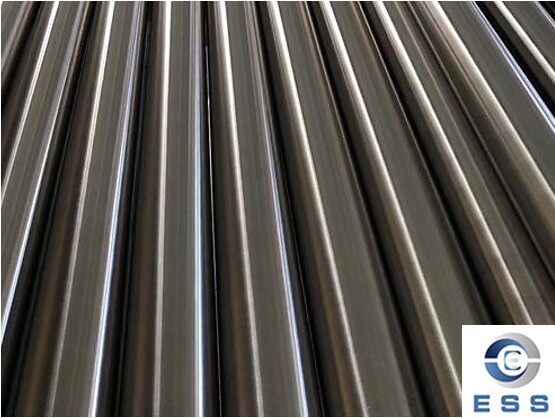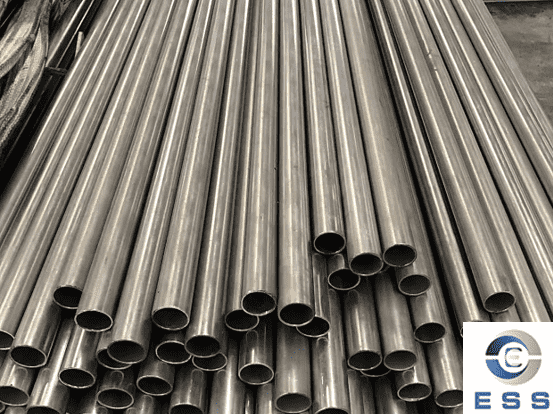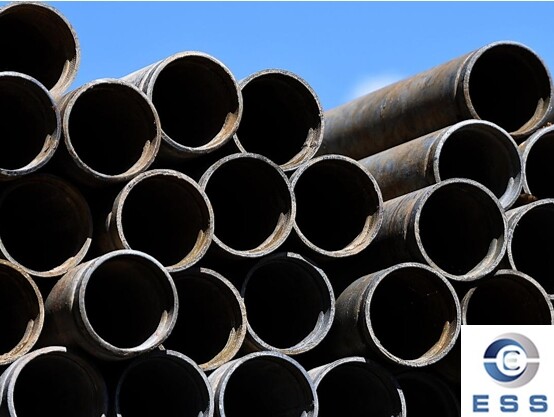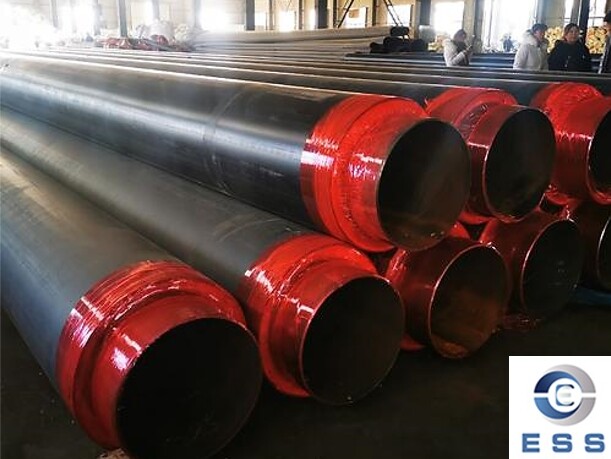
During the operation of the hydraulic
system, hydraulic
tubes pressure relief is an important step, which can effectively protect
the hydraulic system and related equipment and avoid safety problems caused by
excessive pressure. Below, we will introduce the three simplest steps for
hydraulic tube pressure relief to help you better perform pressure relief work.
3-step method for hydraulic tube
pressure relief operation
1. Turn off the hydraulic pump and cut off
the power supply
Before performing hydraulic tube pressure
relief, you must first turn off the hydraulic pump and cut off the power supply
to ensure the safety of the pressure relief process. This step is crucial
because pressure relief while the hydraulic pump is running may cause danger.
After turning off the hydraulic pump and
cutting off the power supply, you should wait for a while for the pressure in
the hydraulic system to gradually stabilize. During this process, you can
observe the reading of the hydraulic gauge to determine whether the pressure in
the system has been reduced to a safe range.
2. Use a manual pressure relief valve for
pressure relief
When the pressure of the hydraulic system
is stable and reduced to a certain extent, a manual pressure relief valve can
be used for pressure relief. The manual pressure relief valve is usually
located on the main pipeline of the hydraulic system, and the pressure of the
system is adjusted by rotating the valve handle.
When operating the manual pressure relief
valve, the valve handle should be rotated slowly to avoid damage to the system
due to excessive pressure changes. At the same time, the reading of the
hydraulic gauge should be closely observed to ensure that the pressure is
reduced steadily. When the pressure drops to the appropriate range, the valve
handle can be stopped to complete the pressure relief operation.
3. Check the status of the hydraulic tube
and hydraulic system
After the pressure relief is completed, the
hydraulic tube and hydraulic system need to be fully inspected to ensure that
there is no leakage, damage or other abnormal conditions. If any problems are
found, valve, pipe
flange and other related components should be repaired or replaced in time
to ensure the normal operation and safety of the hydraulic system.
In addition, the pressure relief valve
needs to be inspected and maintained regularly to ensure its normal operation.
If the pressure relief valve is found to be faulty or leaking, it should be
repaired or replaced immediately to avoid unnecessary damage to the hydraulic
system.
Key considerations
1. Environmental protection
Place an oil pan under the valve before
pressure relief to avoid oil pollution; if it is flammable hydraulic oil, keep
away from open flames.
2. Emergency preparation
Equip the work area with fire extinguishers
and make clear evacuation signals when multiple people collaborate.
3. Tool selection
Use anti-static tools (flammable
environment), and do not use alternative tools (such as wrenches instead of
special valve stems).
Summary
In short, the pressure relief operation of
hydraulic tubes needs to strictly follow safety regulations and operating
procedures to ensure the safety and effectiveness of the operation process.
Through this article's introduction to the three simplest steps of hydraulic
tube pressure relief, I believe you have a deeper understanding of the
operation of hydraulic tube pressure relief. When performing actual operations,
please pay attention to safety and follow relevant operating specifications.
Read more: Pickling treatment process of hydraulic system pipeline













 Eastern Steel Manufacturing Co.,Ltd not only improve product production and sales services, but also provide additional value-added services. As long as you need, we can complete your specific needs together.
Eastern Steel Manufacturing Co.,Ltd not only improve product production and sales services, but also provide additional value-added services. As long as you need, we can complete your specific needs together.










